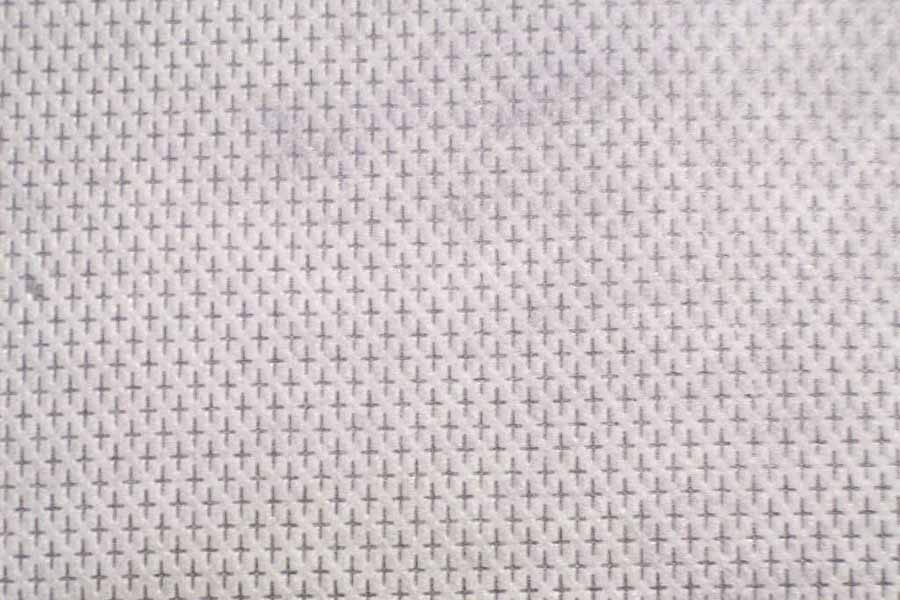The thermal insulation effect of
embossed nonwoven fabric depends on several factors, including its composition, thickness, density, and the presence of any additional insulating layers or treatments. Generally, nonwoven fabrics are not inherently highly thermally insulating, but they can offer some level of thermal resistance depending on their properties.
Here are the key factors that influence the thermal insulation effect of embossed nonwoven fabric:
Fabric Material: The type of material used to make the nonwoven fabric significantly affects its thermal insulation properties. Some materials have inherently better insulating properties than others. For example, polyester and polypropylene nonwoven fabrics tend to have relatively good thermal resistance.
Fabric Thickness: Thicker embossed nonwoven fabric generally provides better thermal insulation because it offers a greater barrier to heat transfer. Thicker materials have more air pockets between fibers, which trap heat and slow down heat conduction.
Density: Lower-density nonwoven fabrics often have better thermal insulation properties. Lower density means there are more air gaps within the material, which act as insulating barriers. However, this also affects the overall durability and strength of the fabric.
Embossing Pattern and Design: The embossing pattern or design on the fabric can influence its thermal properties. Patterns that create pockets of air can enhance thermal insulation.
Additional Insulating Layers: Some embossed nonwoven fabrics may have additional insulating layers or treatments applied to enhance their thermal resistance. These layers may include foams, films, or other insulating materials.
Application and Usage: The effectiveness of embossed nonwoven fabric as a thermal insulator also depends on how it is used. It may be used as part of a composite material or as a component within a larger insulation system.
Environmental Conditions: The thermal insulation effect can vary with environmental conditions. Factors such as humidity, wind, and temperature gradients can influence the performance of insulating materials.
Testing and Standards: The thermal insulation properties of embossed nonwoven fabric can be quantified through standardized testing methods, such as ASTM or ISO standards. These tests measure properties like thermal conductivity, thermal resistance (R-value), and thermal transmittance (U-value).
Embossed nonwoven fabric can provide some degree of thermal insulation, but its effectiveness depends on several factors, including material choice, thickness, density, and additional insulating layers. When considering embossed nonwoven fabric for thermal insulation applications, it's essential to evaluate its properties and performance in the context of the specific requirements of the application and the environmental conditions it will face.

